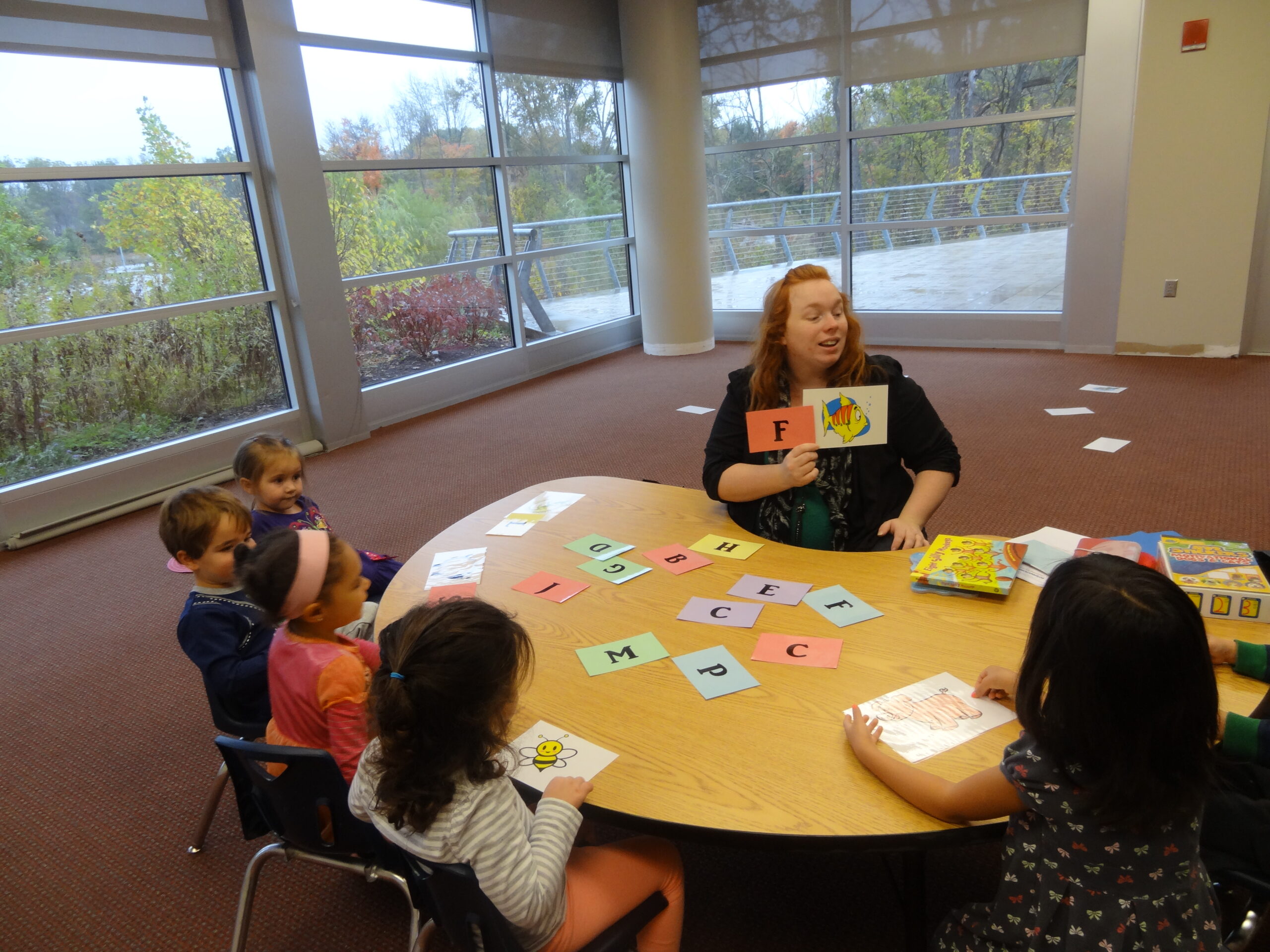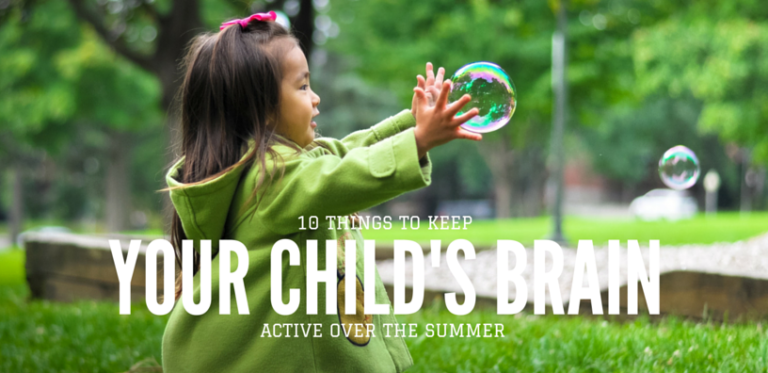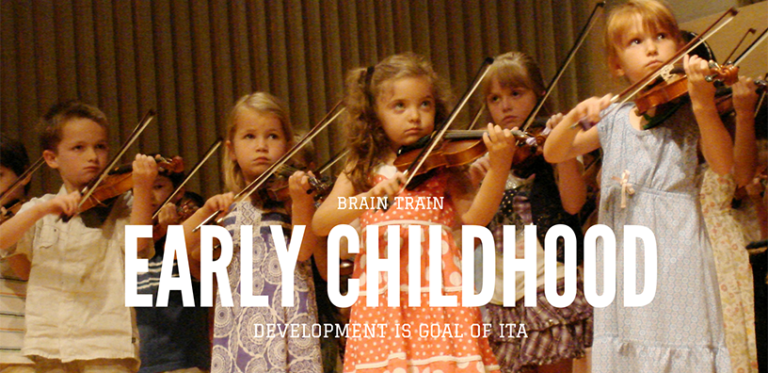How to Support Children’s Approaches to Learning? Play with Them!
As a parent, you want your children to learn all that they can—to grasp math concepts, to be curious about exploring the world, and to learn to read and write. Did you know that you can help your son or daughter academically by playing with them? Play and learning go together!
In the early years, parents can help children develop the skills to be better students by playing with them. What kind of play helps children learn the best? Play that really engages children—play that they will focus on and stay with even when problems arise. This kind of play helps children develop their approaches to learning—in other words, the ways they respond to learning situations. Curiosity about the world, initiative and problem solving, and focused attention and persistence are just a few approaches to learning that children develop through play.
Encouraging Toddlers at Play
Joey is 20 months old. He has a basket full of toys, including rattles, soft plastic blocks, a set of stacking rings, stuffed animals, and cloth and plastic books. Joey’s dad often sits down on the floor with Joey and invites him to play with items in the basket. Joey’s favorite activity is to dump out all of the toys and put the basket on his head! This is typical toddler play behavior. Joey is curious about the world and is looking at it another way—through the slats in the basket!
Joey loves to shake the rattles to hear the different sounds or to stack two or three blocks and knock them down. His attention to each might be up to five minutes or so, which is just right for his age. He may solve problems as he tries to place the rings on the stacking post or to add more blocks to a tower.
Joey’s dad encourages his curiosity. He comments about what he is doing: “I see you are trying to get that last ring on the post, but it just won’t fit.” Or he asks him questions: “Where did that ball go? Do you see it hiding behind the chair?” He connects his play to learning by responding positively to his interest: “I can tell you like to look through the basket, you silly boy. Does everything look different from under there?” He also encourages him by asking him to keep trying even when he gets frustrated. “Oh, those blocks keep falling down, don’t they? Can you try to put just one on top of another gently? Let’s see what happens. I’ll help you.” This encouragement fosters his perseverance, his attention, and his initiative at problem solving, all positive approaches to learning.
Encouraging Preschoolers at Play
Alicia is 4 years old. She loves to dress up in her mommy’s clothes, jewelry, and shoes and then pretend to go shopping, care for her baby dolls, and cook dinner. Through her pretend play Alicia learns to think abstractly. When she holds a block in her hand and uses it to pretend to talk on the phone, she is using the block as a symbol for something else. That’s abstract thinking in action! And, since letters and numbers are abstract because they are symbols of what they represent, pretend play is one way a child develops her understanding of letters and numbers.
Alicia will work with puzzles for long periods of time, too, especially if her dad joins her. Together, they figure out strategies for putting the pieces together. She may turn the pieces around, trying out different ways until she is successful. She is developing problem solving and persistence as she does so.
Your Role as Your Child Plays
Playing with your child helps keep your child engaged in the kind of play where learning occurs. Your interest, questions, and comments as you play alongside will help your child use toys productively. And the two of you will have lots of fun together! Most importantly, you will be working toward your child’s future success as a student by building important approaches to learning. Play and learning go together!




